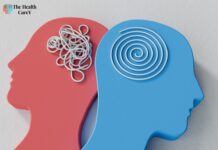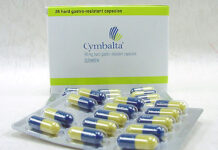For millions of people, anxiety is more than just a fleeting feeling of worry. It’s a persistent presence—an invisible weight that clings to daily life, shaping decisions, behaviors, and even relationships. But what happens when anxiety begins to blur the lines between coping and dependence?
An increasing body of research shows a deep connection between anxiety and addiction, with each condition often feeding into the other in a destructive cycle. Understanding this link is critical, not only for individuals seeking recovery but also for the professionals providing care. This is where dual diagnosis treatment becomes a game-changer.
The Anxiety-Addiction Feedback Loop
At first glance, anxiety and substance use might seem like separate issues. But the reality is far more intertwined. Individuals with anxiety disorders—such as generalized anxiety disorder (GAD), panic disorder, or social anxiety—often turn to drugs or alcohol as a way to numb or escape overwhelming symptoms.
It makes sense in a way. Substances like alcohol, benzodiazepines, or opioids can initially feel like relief: slowing racing thoughts, calming nerves, or silencing the inner critic. But that relief is temporary, and often comes with a cost. Over time, the brain adapts, requiring more of the substance to achieve the same effect. Dependence sets in, followed by addiction.
And here’s the kicker: withdrawal symptoms from many substances can intensify anxiety, creating a vicious loop. The very substance used to dull anxiety ends up magnifying it. What begins as self-medication can quickly spiral into a dangerous pattern of avoidance, use, and dependency.
Dual Diagnosis: Treating the Whole Person
When someone struggles with both a mental health condition like anxiety and a substance use disorder, they are considered to have a co-occurring disorder—also known as a dual diagnosis.
Treating just one condition without addressing the other often leads to relapse or incomplete recovery. Imagine putting out a fire while the gas line remains open. That’s why dual diagnosis treatment is so essential.
Effective programs take a comprehensive approach, offering:
- Integrated care from mental health and addiction professionals
- Medication management for both conditions, when needed
- Therapeutic strategies such as CBT (Cognitive Behavioral Therapy) or EMDR (Eye Movement Desensitization and Reprocessing)
- Psychoeducation to help individuals understand how their mental health and addiction influence each other
- Support networks that address both emotional and behavioral needs
By treating both anxiety and addiction together, individuals are better equipped to develop healthy coping mechanisms, understand their triggers, and rebuild their lives with a strong foundation.
Breaking the Stigma
One of the barriers to getting help is stigma—both around mental health and addiction. People may feel shame for struggling with anxiety, or guilt for using substances. They may fear judgment or rejection. But the truth is: these are health conditions, not character flaws.
A dual diagnosis doesn’t mean someone is “too complicated” or “beyond help.” It means they need care that sees the full picture—and the full person.
Final Thoughts
Living with anxiety can be hard enough. Adding addiction into the mix can feel overwhelming. But healing is possible—especially when both issues are treated with the attention they deserve.
If you or someone you love is navigating this complex path, don’t settle for one-size-fits-all solutions. Explore resources that understand the unique challenges of dual diagnosis. Learn more about how to approach anxiety and addiction with compassion, knowledge, and support.





















